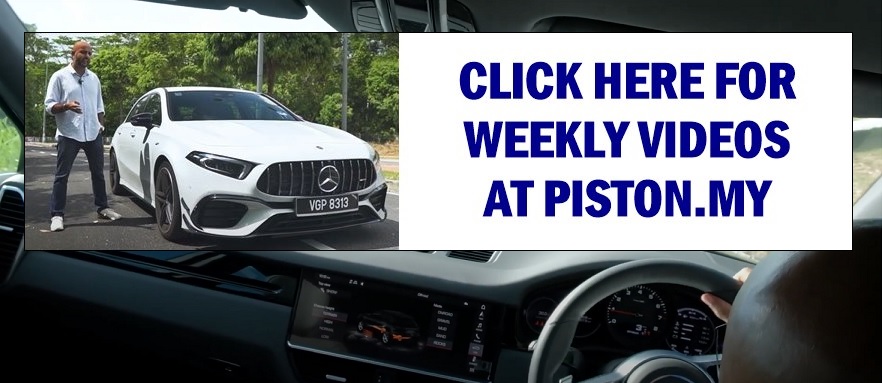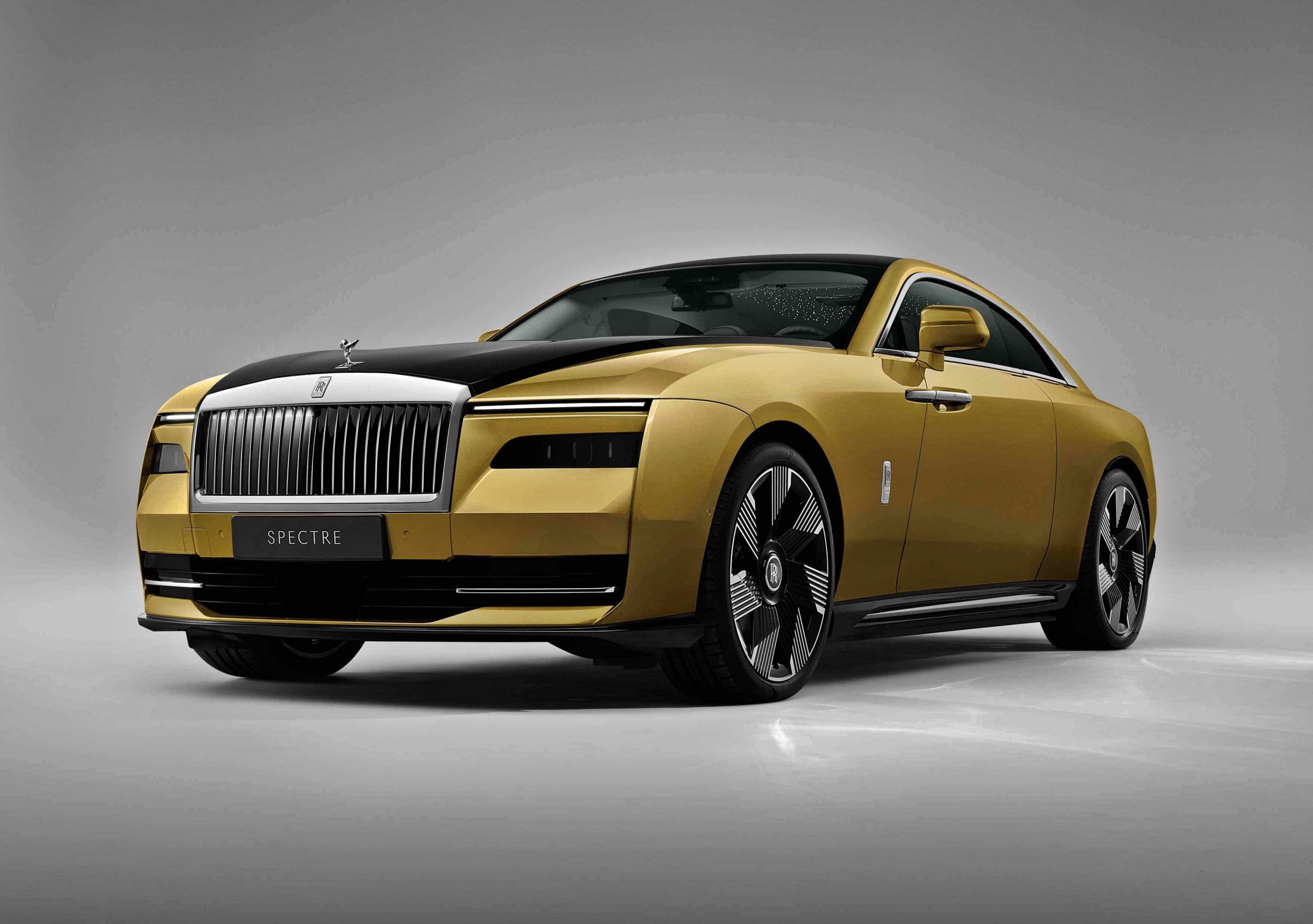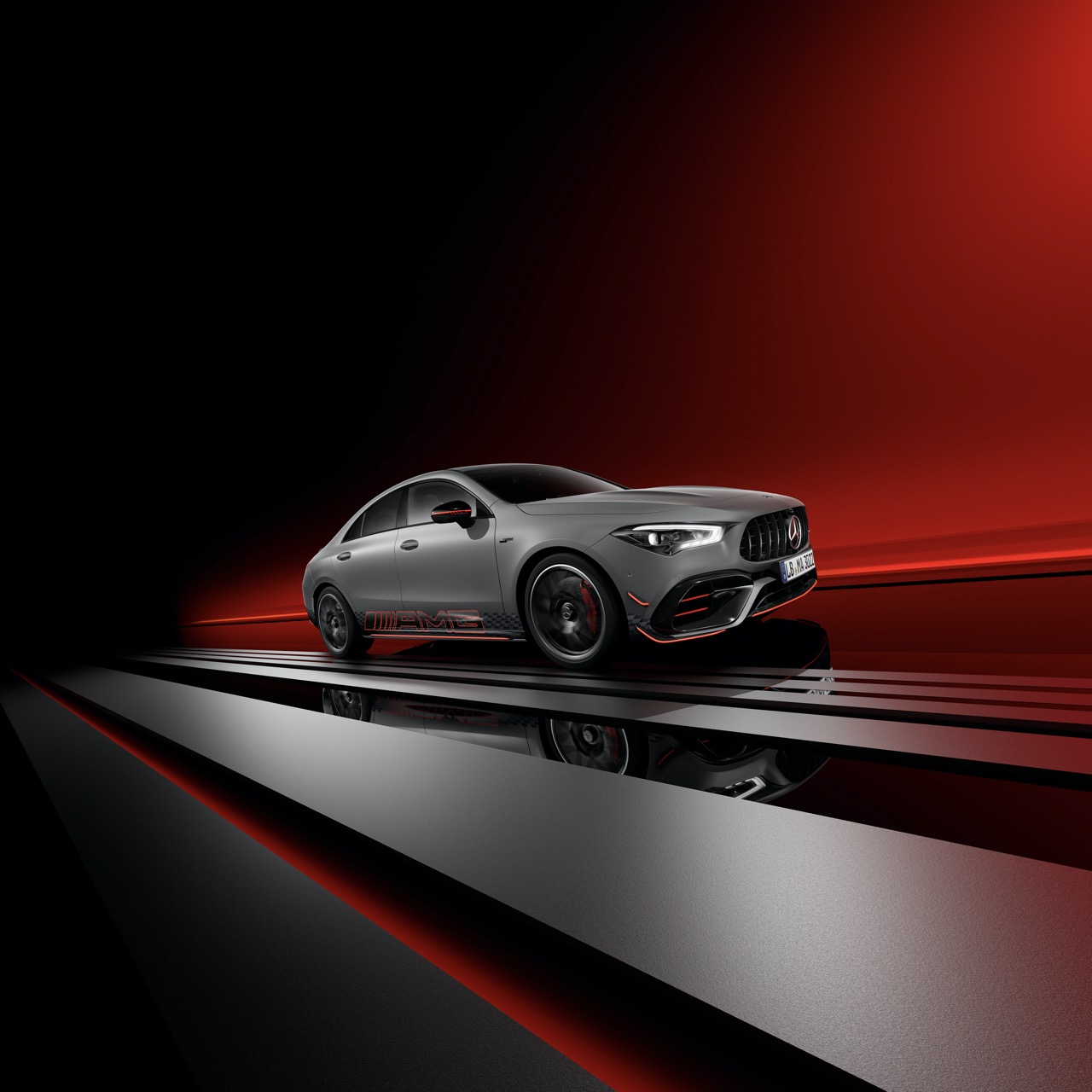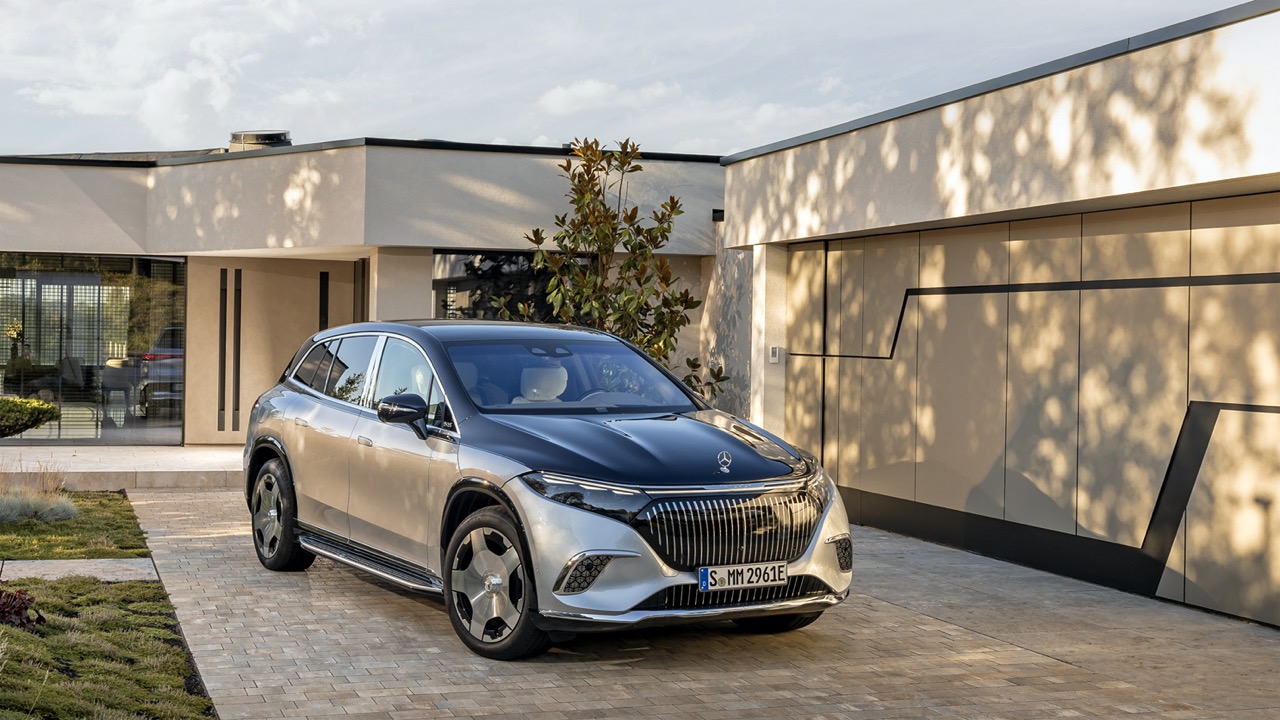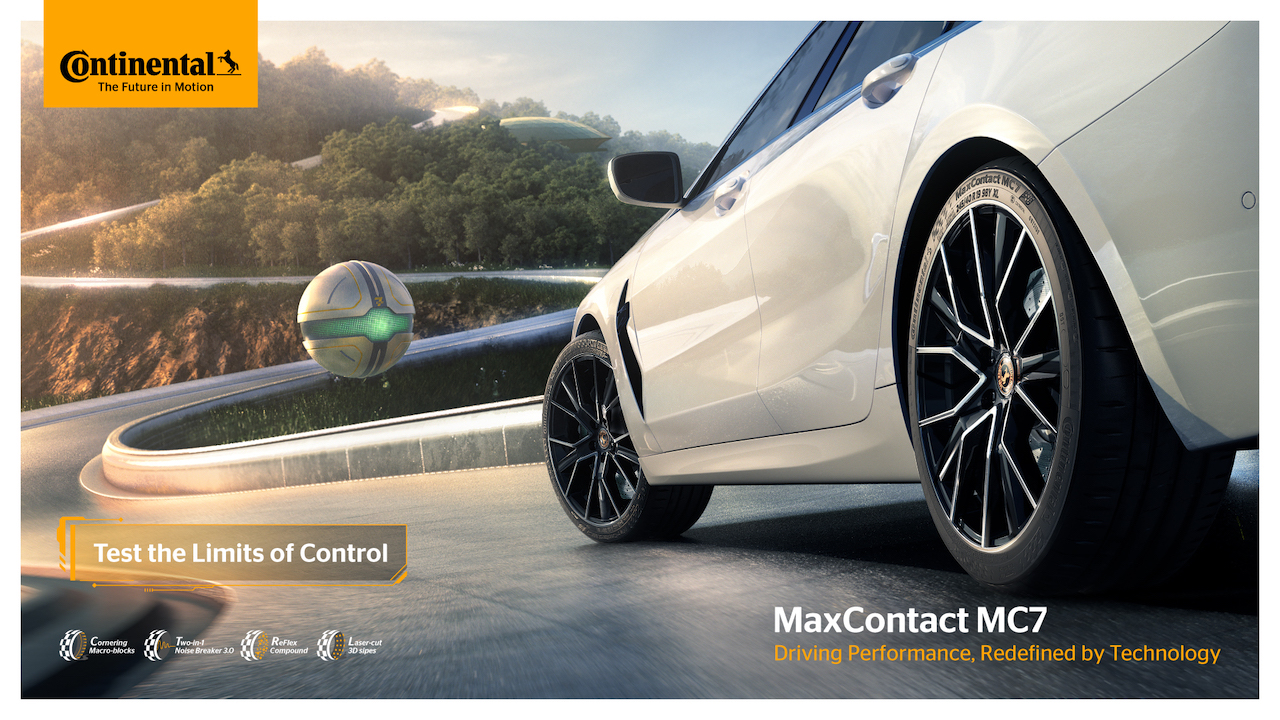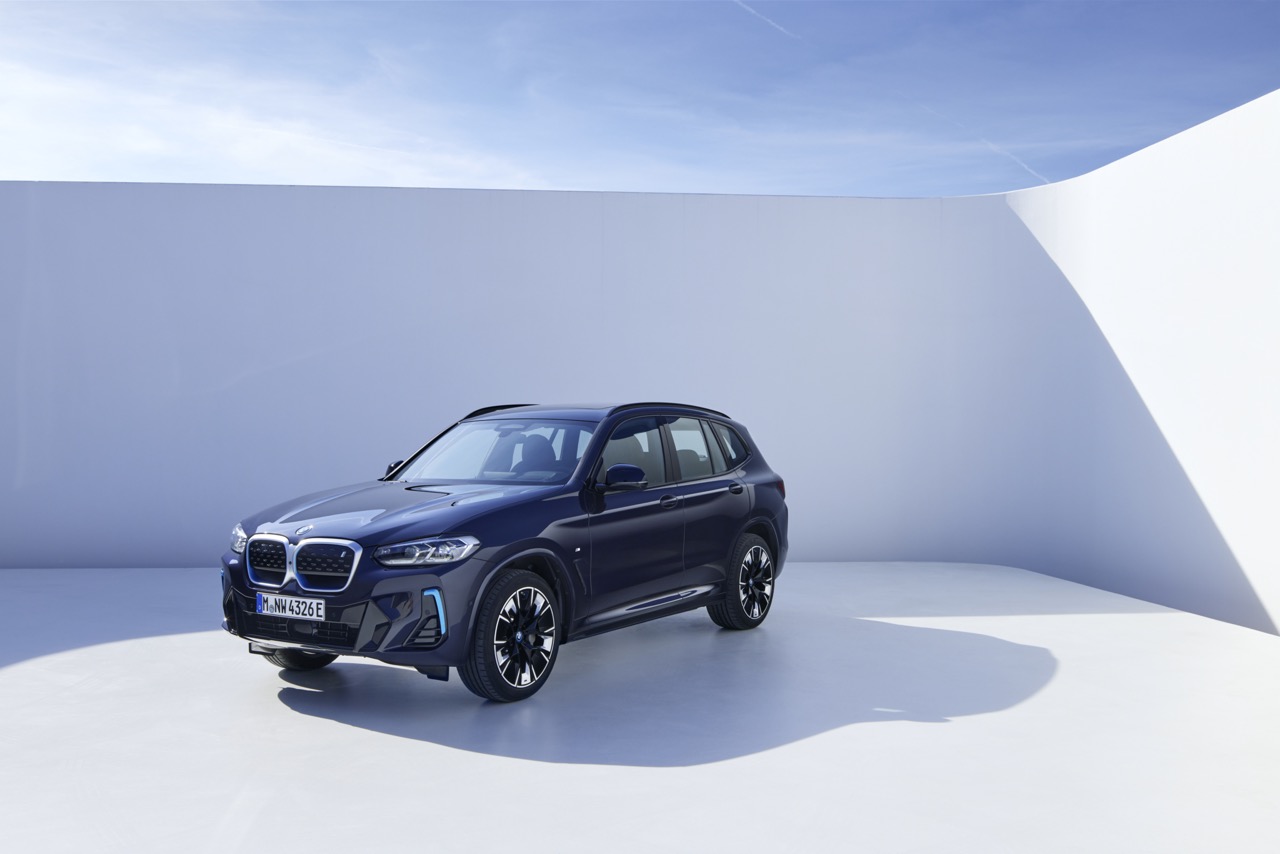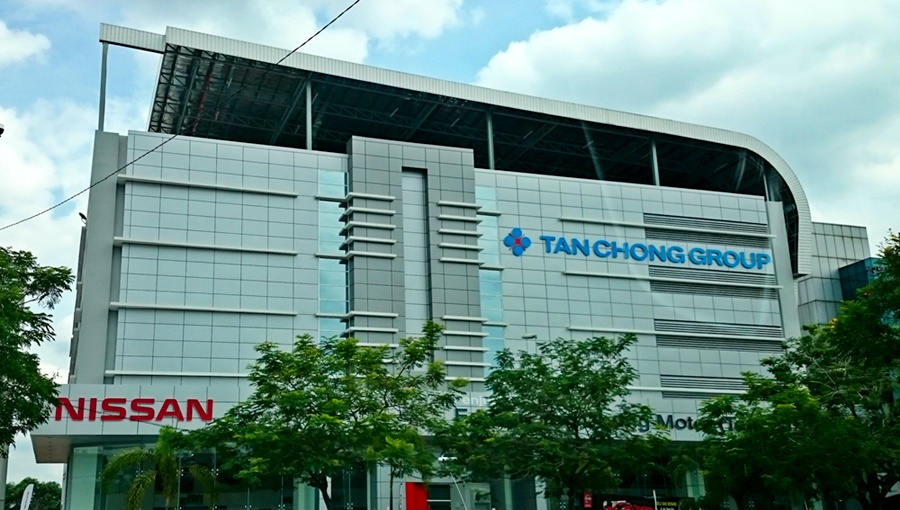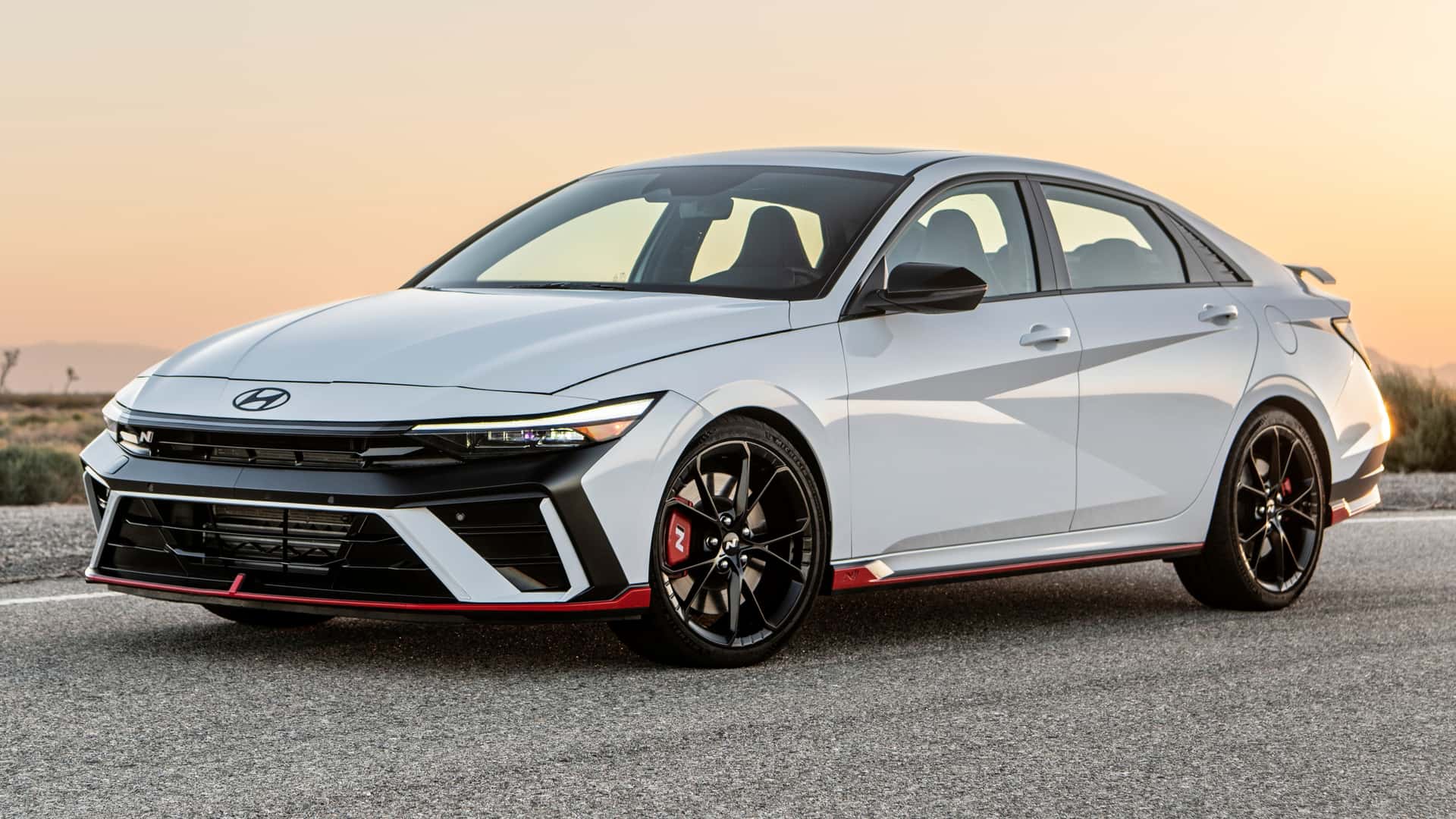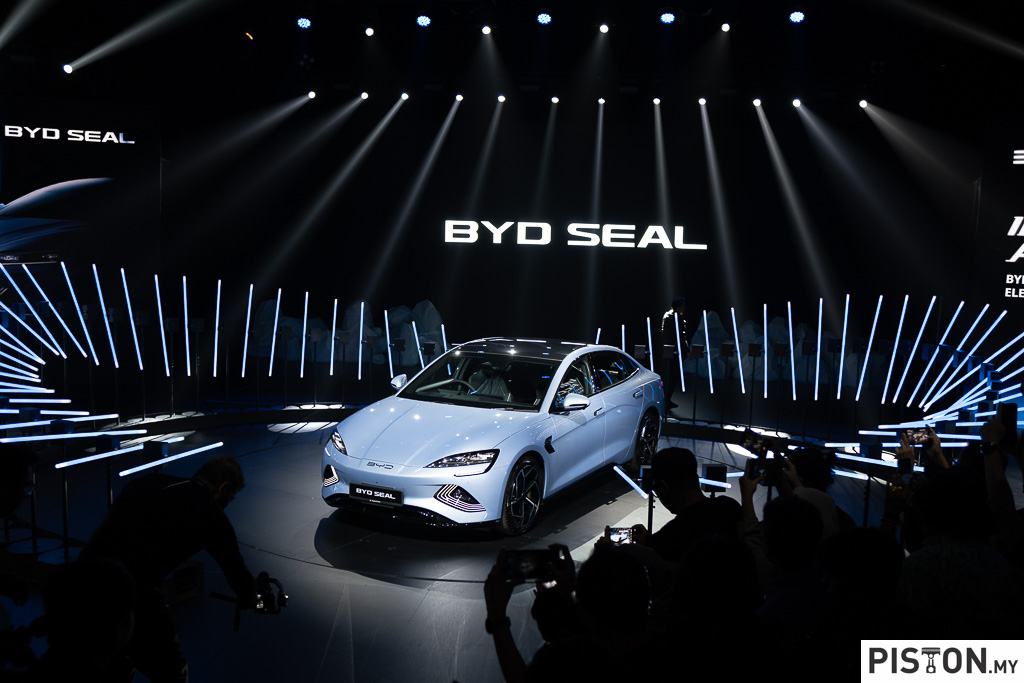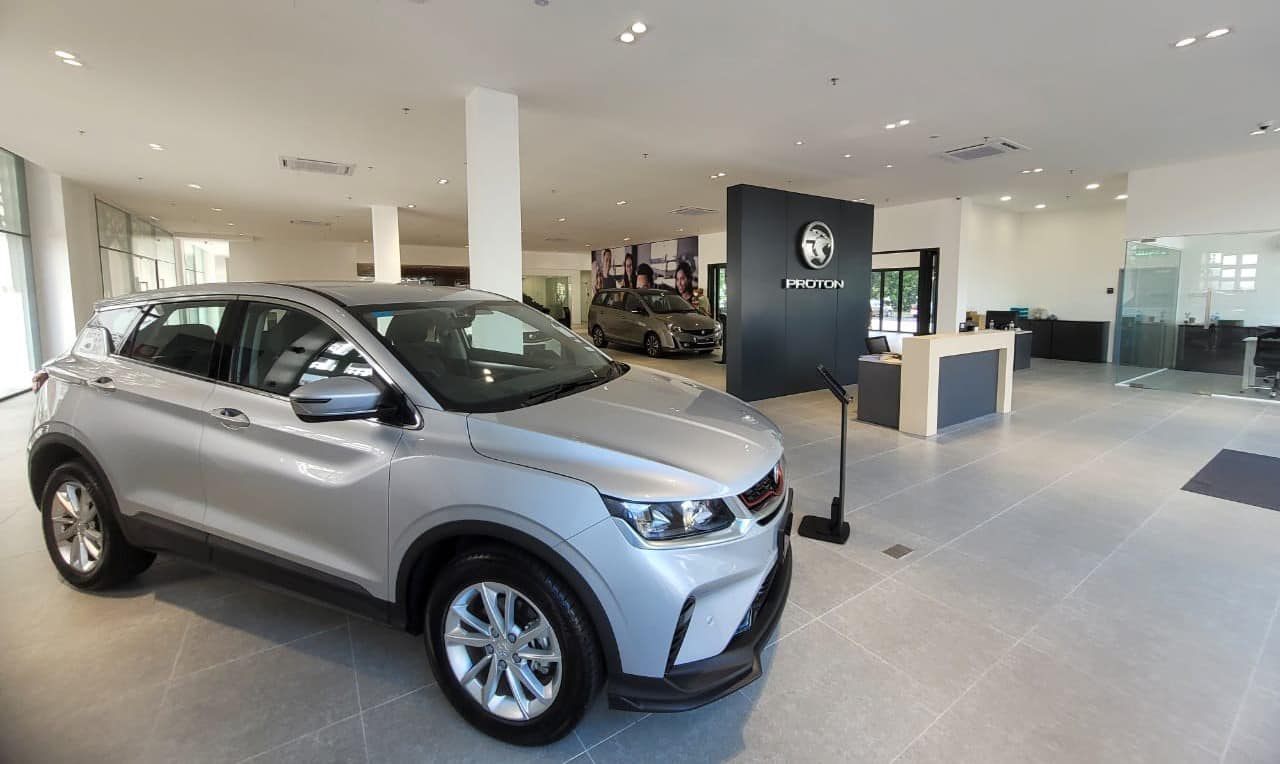In 1900, Rolls-Royce co-founder, Charles Rolls, experienced an electrically-powered car. Even back then, there were cars that were running on electricity but the technology then made them impractical and inconvenient. Nevertheless, Rolls understood the potential of such cars as clean, noiseless transport and foresaw a time when they would be popular again – with the appropriate supporting infrastructure (ie charging stations).
Today, more than 120 years later, that time has come and Rolls-Royce fulfils the prophecy of its founding father with the presentation of the Spectre. This totally new model not only marks a very historic moment for Rolls-Royce but is also a historic moment for electrification: the technology has now reached a standard where it is able to provide the Rolls-Royce experience.
“The advent of our first battery-electric motor car marks the start of a bold new era for Rolls-Royce. It is also the culmination of a long, painstaking process, in which every element in creating this landmark car has been considered in the minutest detail, over numerous iterations. It states the direction for the future of our marque and perfectly answers a call from the most discerning individuals in the world to elevate the electric motor car experience, because Spectre is a Rolls-Royce first and an electric car second,” said Torsten Muller-Otvos, CEO of Rolls-Royce Motor Cars, as he unveiled the car today.
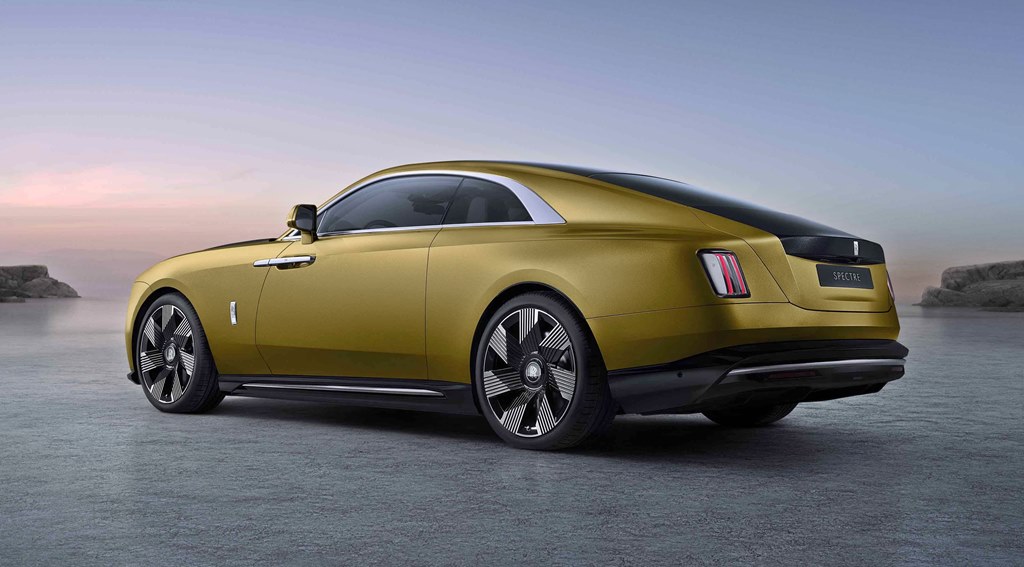
History behind the name
Regarding the name, Mr. Muller-Otvos explained that it was decided from the start of the project. “From the very outset, we determined that it would bear the name ‘Spectre’ – the first series production Rolls-Royce ever to do so. It was a decision initially inspired by our heritage: ‘Spectre’ cars were always associated with ground-breaking technical innovations, the relentless pursuit of perfection, and a sense of mystery and otherworldliness. The motor car we now present to the world embodies all those qualities, while making the Spectre name entirely its own.”
“There is a pleasing symmetry between the Spectres of the past and the present-day incarnation. In our history, Spectre is a name synonymous with technical innovation and development, and Rolls‑Royce motor cars that go on to change the world. Though separated by almost a century, both the Spectres of the 1930s and our own today are the proving-grounds for propulsion technology that will shape our products and clients’ experiences for decades to come,” he added.
A new class of car
Rolls-Royce introduces the Spectre as the Ultra-Luxury Electric Super Coupe, a new class of car, and one which refers to its indulgent proportions, specified in response to a commitment that there is no greater luxury than that of space. In overall length, it measures 5453 mm with a width of 2080 mm, on a wheelbase of 3210 mm.
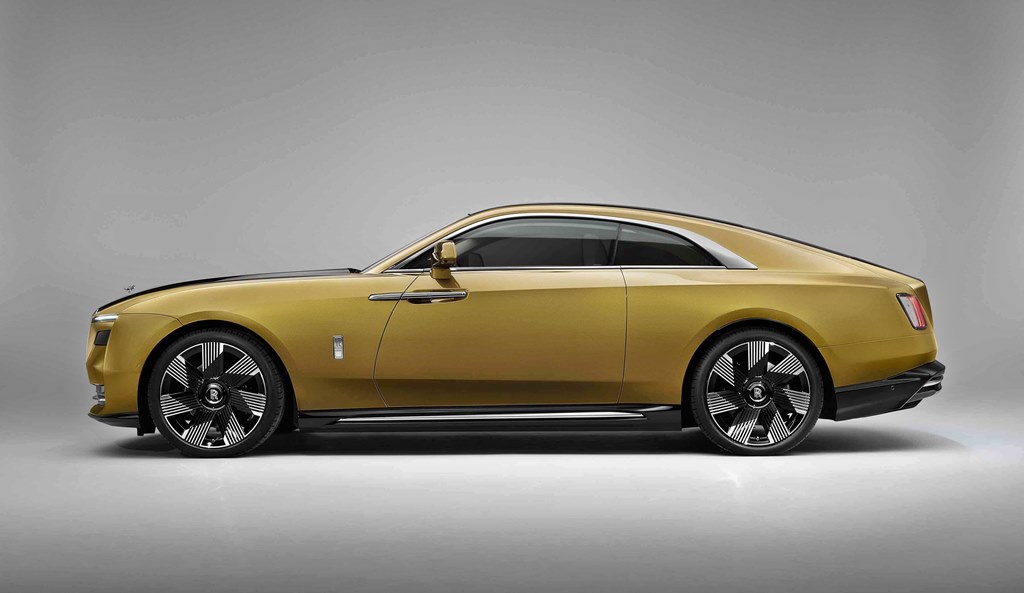
The designers drew inspiration from worlds far beyond automotive, including haute couture, modernist sculpture, nautical design, tailoring and contemporary art. Modern yacht concepts, specifically the clarity and precision of line, intelligent use of reflection and application of taper were among the references.
From the front, the split headlight treatment is intersected by the widest grille ever bestowed on a Rolls-Royce. The vanes of the Pantheon grille are now smoother in section and a flusher fit, designed to help guide the air around the motor car’s front. The relaxed angle and polished stainless steel finish of the grille does much to enhance the car’s presence using environmental reflection.
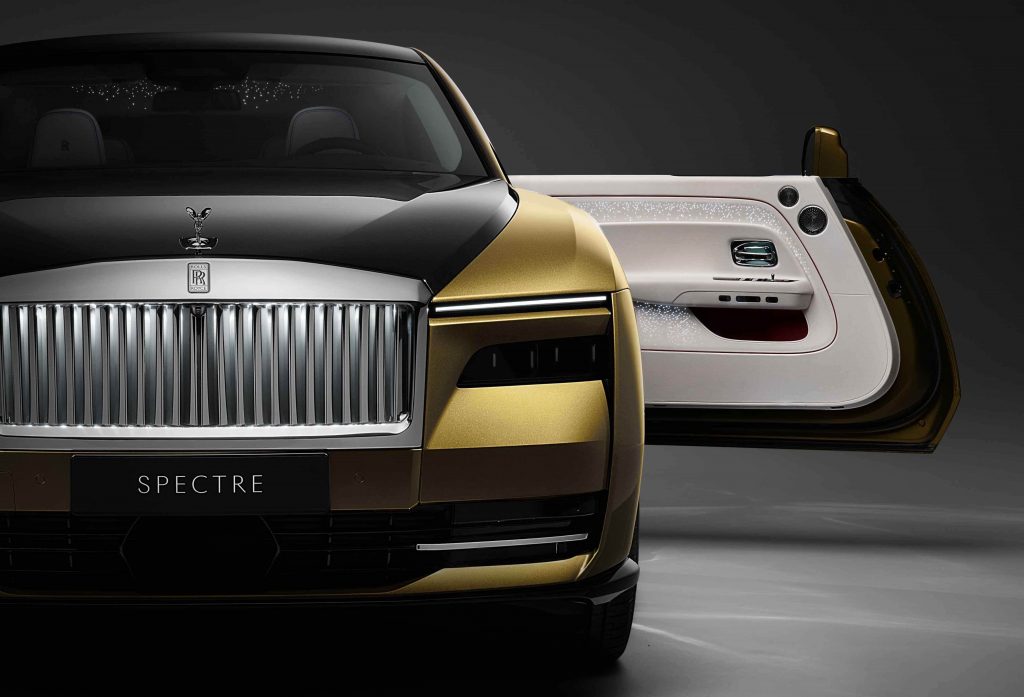
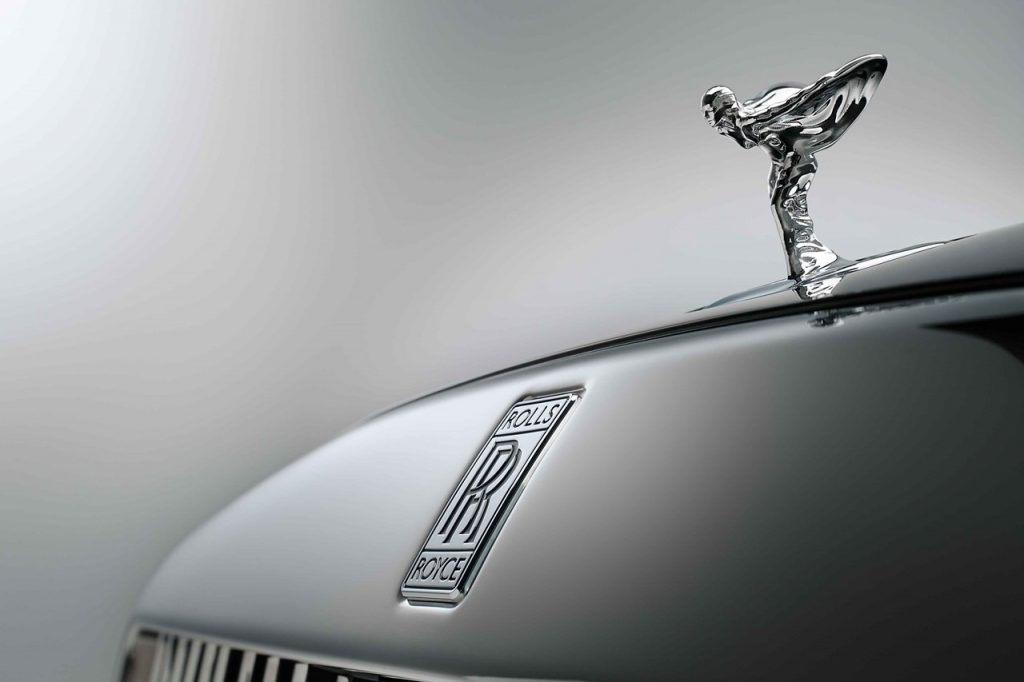
The most aerodynamic Rolls-Royce
Along with an aero-tuned Spirit of Ecstasy figurine – itself the product of 830 combined hours of design modelling and wind tunnel testing – the grille enhances the car’s unprecedented drag coefficient which, at just 0.25 Cd, makes Spectre Rolls-Royce’s most aerodynamic car ever.
The headlight treatment is a contemporary Rolls-Royce design tenet. The sharp daylight running lights emphasise the car’s imperious 2-metre width and are offset with lower lamp clusters that appear darkened, at first glance, but hide jewellery box-like darkened chromium housings for the headlights.
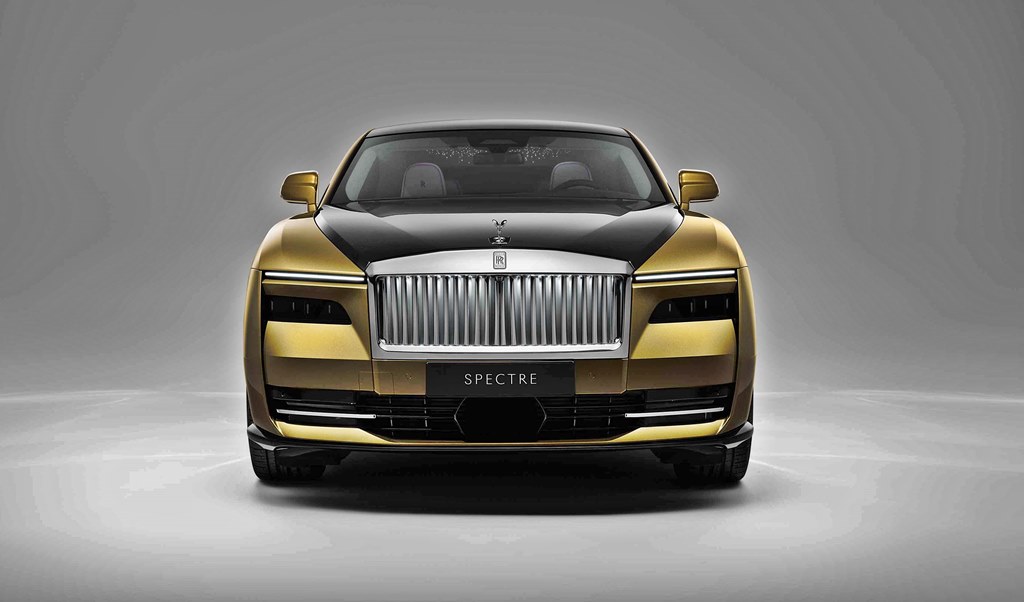
To affirm the Spectre’s expression after dark, the grille is softly illuminated, with 22 LEDs lighting up the sandblasted rear side of each of the vanes, their gentle glow reflected in the polished front surfaces for a subtle and 3-dimensional night signature.
In profile, the sharp, vertical bow line at the front of Spectre draws the eye rearward to its monolithic flanks. The lower line – known as the ‘waft line’ – borrows directly from yacht design. This ‘waft line’ is the visual representation of the ‘magic carpet ride’ and its upwards sweep toward the front is inspired by the gently lifting bow of an accelerating power boat.
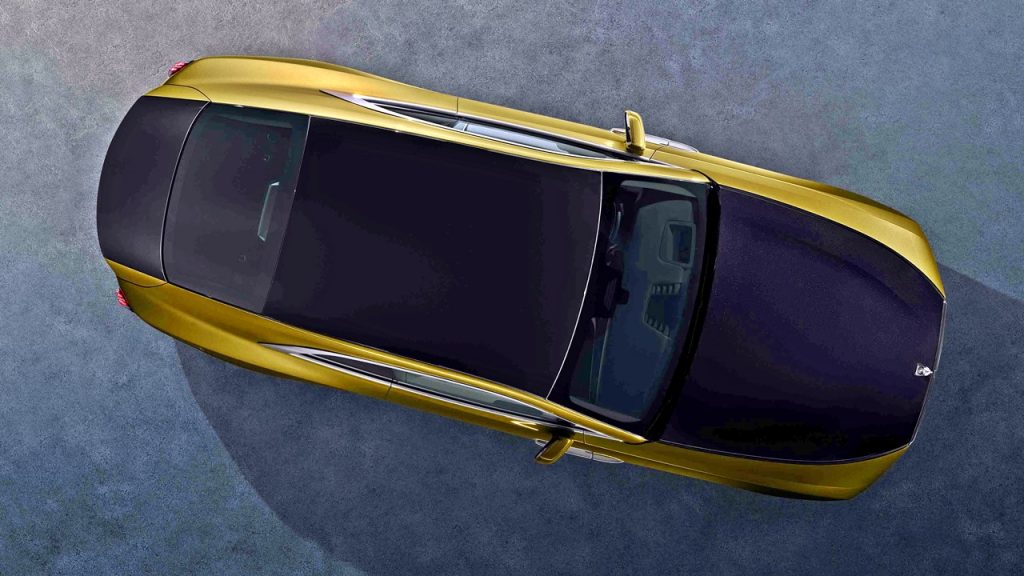
The silhouette’s most dramatic feature is the fastback. Following the roofline back, the tail lamps are set into the largest single body panel ever produced for a Rolls-Royce, which extends from the A-pillar to the luggage compartment. The jewel-like vertical tail lamps themselves are colourless for neutrality, in anticipation of the myriad of colourways selected by clients during the commissioning process.
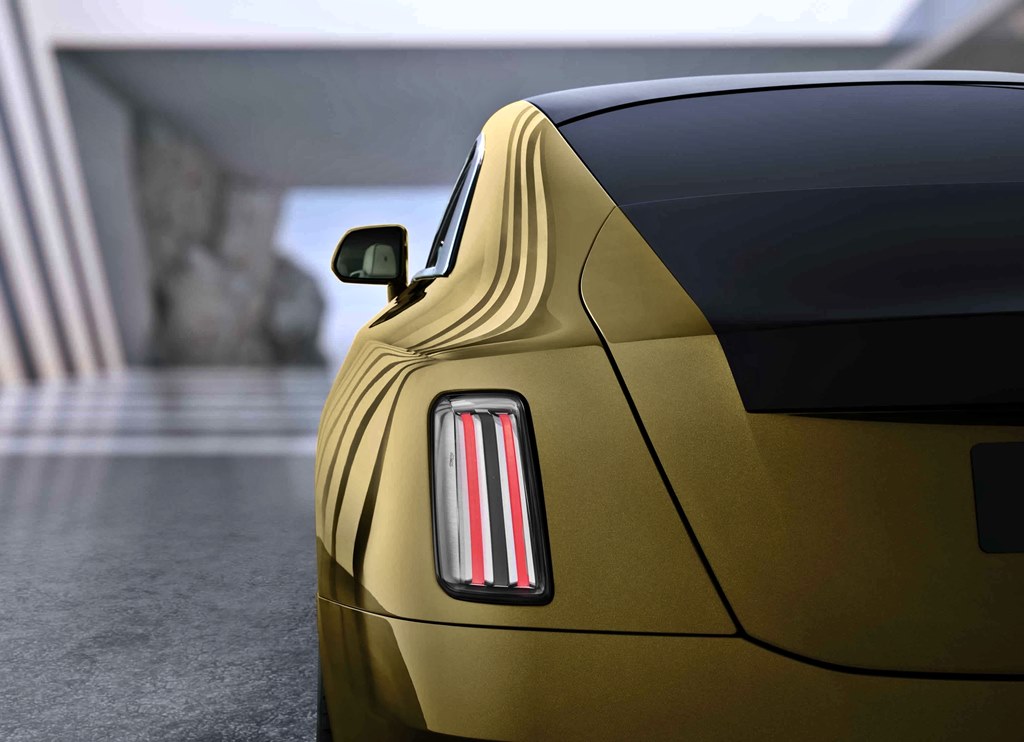
The proportional demands of the Spectre’s scale required Rolls-Royce to embolden its wheel strategy. It therefore has 23-inch wheels – the first production 2-door coupe to be equipped with such large wheels in almost 100 years.
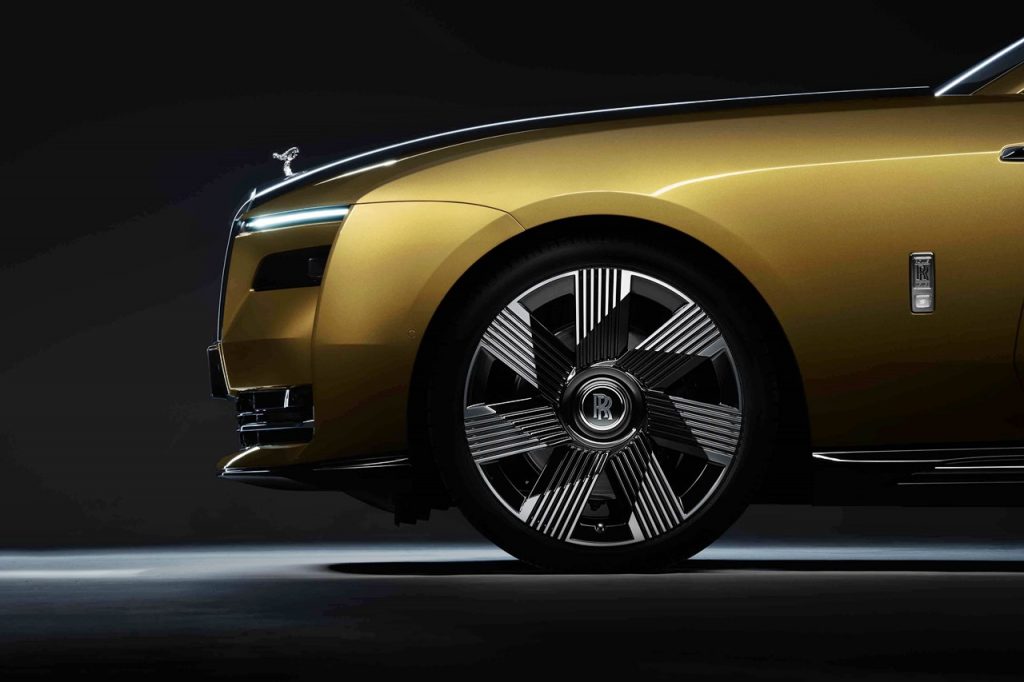
Architecture of Luxury evolved
Under the skin is an evolution of the ‘Architecture of Luxury’ that was developed by Rolls-Royce exclusively for its models. It was clearly a forward-looking architecture that can now also be used for electric drive (which was actually a fundamental consideration when it was first conceived). Indeed, the inherent flexibility of the architecture and ease of integration of an electric powertrain has freed engineers, designers and craftspeople to focus on the quality of experience, authenticity of design and innovation in Bespoke.
For the Spectre, Rolls-Royce engineers have unlocked further benefits. The sophisticated extruded aluminium sections and integration of the battery into the structure enable it to be 30% stiffer than any previous Rolls-Royce. The flexibility of the architecture has also allowed engineers to place the floor halfway between the sill structures rather than on top or underneath them.
A channel has been created for wiring and climate control pipework between the battery and the floor, with the battery mounted underneath, providing a perfectly smooth underfloor profile. This not only creates a low seating position and enveloping cabin but realises a secondary function for the battery – almost 700 kgs of sound deadening.
Most connected Rolls-Royce
The Spectre is the most connected Rolls-Royce in history, with Decentralised Intelligence processing capabilities to ensure the continuity of the Rolls-Royce experience, as well as its progression. For this to be realised, a dedicated control has been handmade for each of the 141,200 sender-receiver variables, and in nearly all cases engineers have designed several more sub-variables for variations in climate, ground speed, road type, vehicle status and driving style. These have been crafted over the course of Spectre’s 2.5 million kilometre testing programme, both on advanced proving grounds and on real roads around the world.
The Spectre’s digitally integrated evolution of the renowned Planar suspension system is an orchestra of systems with precisely defined responses to driver inputs and road conditions, made possible by the latest software and hardware developments, delivering Rolls-Royce’s hallmark ‘magic carpet ride’. Using a suite of new hardware components and leveraging Spectre’s high-speed processing capabilities, the Planar system can decouple the car’s anti-roll bars allowing each wheel to act independently, preventing the rocking motion that occurs when one side of a vehicle hits an undulation in the road. This also reduces high-frequency ride imperfections caused by shortcomings in road surface quality.
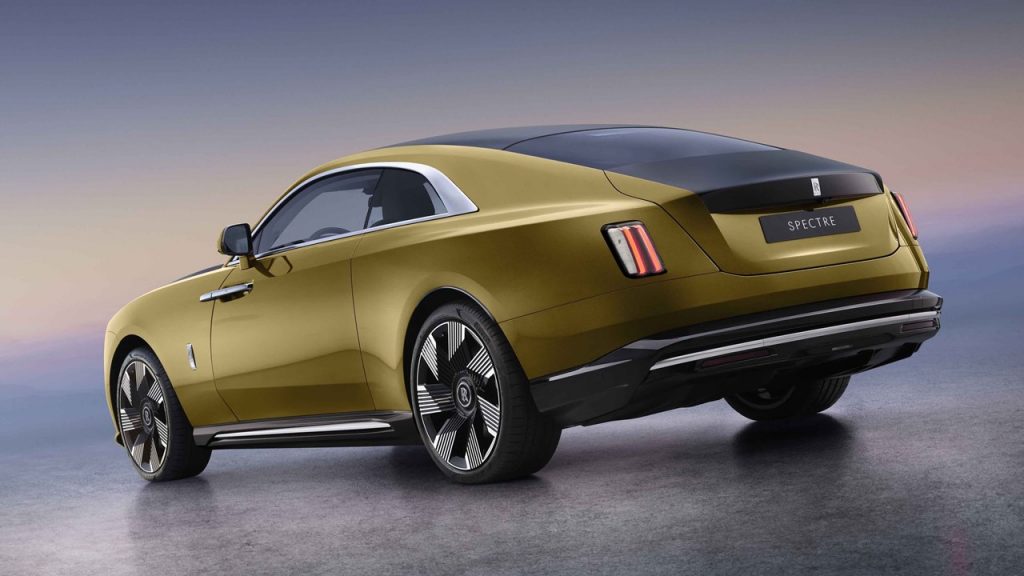
Once a corner is identified as imminent, the Planar system recouples the components and stiffens the dampers; the 4-wheel steering system is then prepared for activation to ensure effortless entry and exit. Under cornering, 18 sensors are monitored, and steering, braking, power delivery and suspension parameters are adjusted so that the Spectre remains stable.
An actual customer may ask, in passing, about the performance of the Spectre but for the enthusiasts to whom such numbers are more meaningful, its electric powertrain generates 430 kW (585 ps)/900 Nm to give a 0 – 100 km/h time expected to be 4.5 seconds. Rolls-Royce has not mentioned the capacity of the battery but says that consumption is 21.5 kWh/100 kms.
Most technologically advanced features
Of more interest to someone who will be the owner of a Spectre will be the interior, a space that can be personalised with near-infinite possibilities by the experts at the company’s Bespoke division. Many customers are likely to already have experienced being in a Rolls-Royce but the Spectre offers even more technologically advanced features.
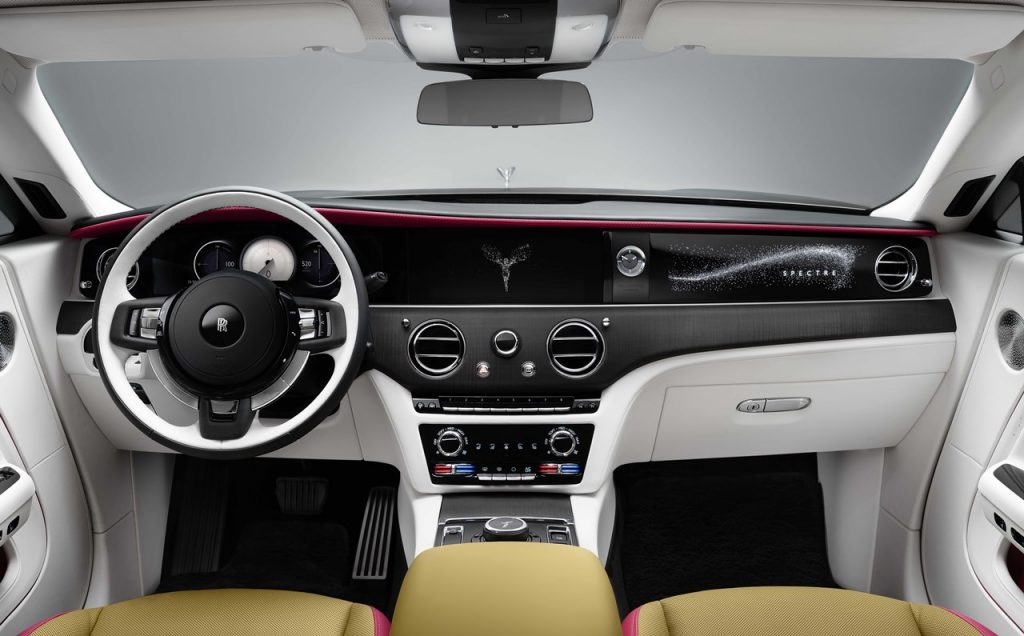
Alongside the extraordinary, illuminated surfaces, the Spectre is equipped with a completely redesigned digital architecture of luxury named SPIRIT, presented in quintessential Rolls-Royce style. Not only will SPIRIT manage the car’s functions but it is seamlessly integrated into the marque’s Whispers application, allowing owners to interact with their car remotely, and receive live information curated by the marque’s luxury intelligence specialists.
For the first time ever, they are now able to extend their Bespoke commission beyond the physical world and into the digital architecture that underpins SPIRIT. For example, the colour of the dials can now complement the interior hue of the car, a feature inspired by the marque’s customers’ typical love of bespoke timepieces.
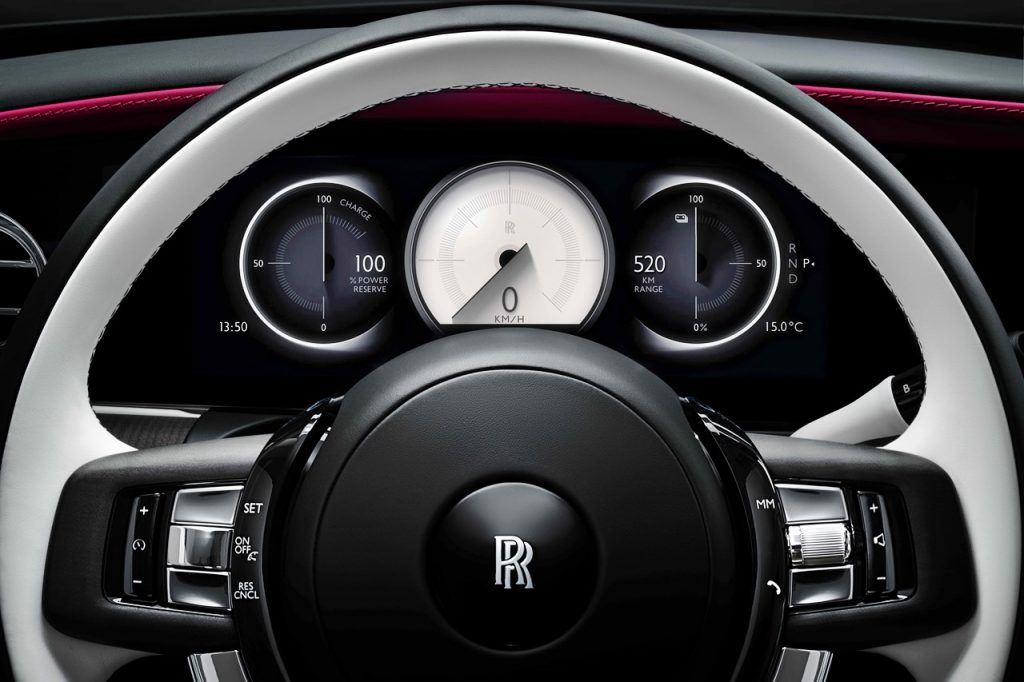
The all-new front seat design has been inspired by British tailoring, with lapel sections that can be rendered in contrasting or matching colours to the main base. Bespoke stitching, embroidery and intricate piping has, as ever, been considered in their inception.
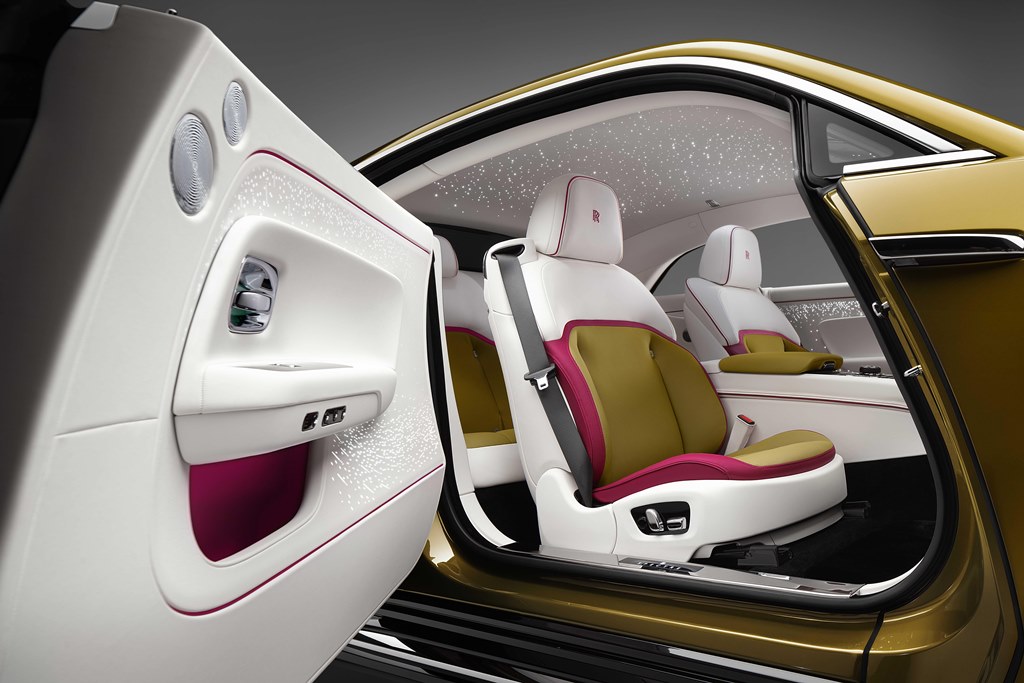
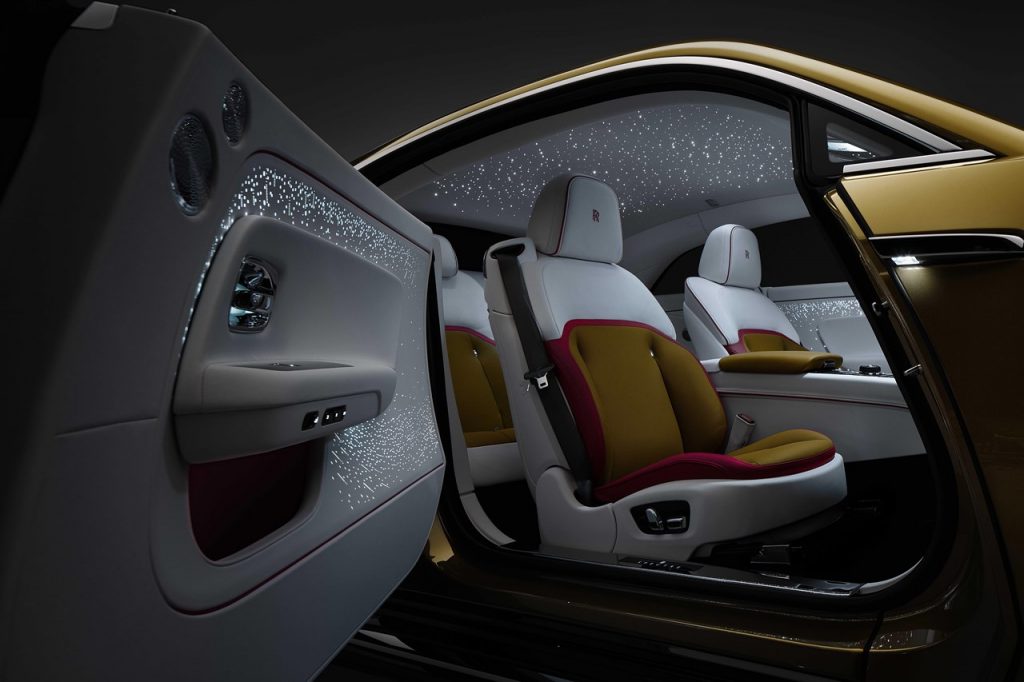
Continuing the night sky theme
Some 16 years ago, a Rolls-Royce customer wanted the ceiling of his car to resemble the night sky and of course, the Bespoke specialists created it, calling the feature the Starlight Headliner. Now drawing inspiration from the timeless mystique of the night sky, there is another night-time theme. For the first time on a series production Rolls-Royce, the Spectre is available with Starlight Doors, which incorporate total of 4,796 softly illuminated ‘stars’ (2,398 on each door panel).
The coach doors can also be commissioned with a backdrop of wood Canadel Panelling, which takes its name from the cove in the south of France where Sir Henry Royce and his design team spent their winters.
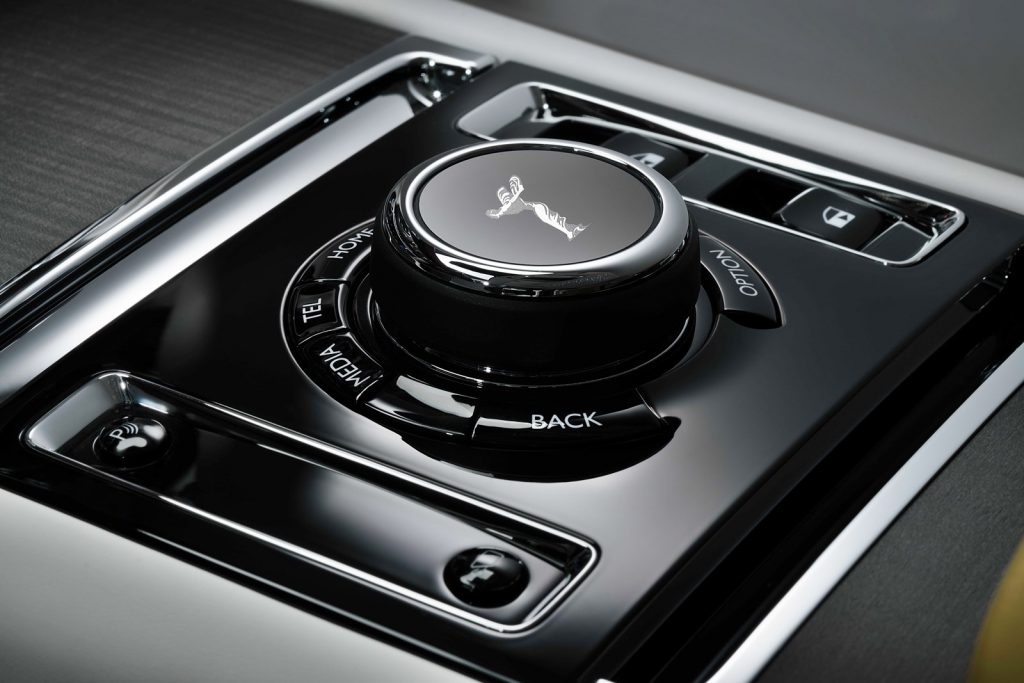
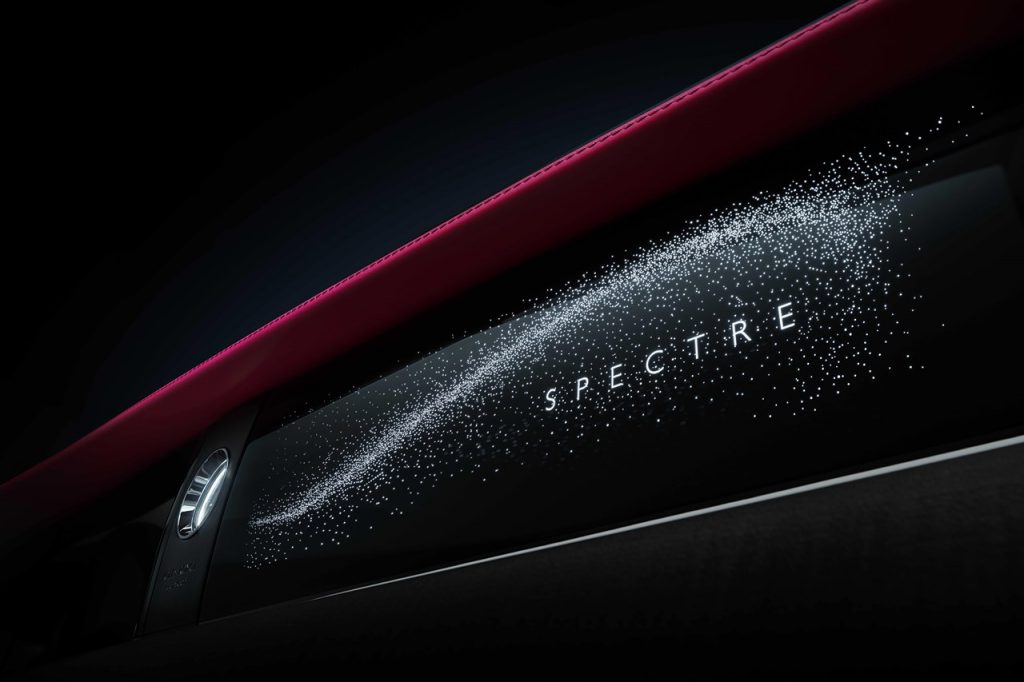
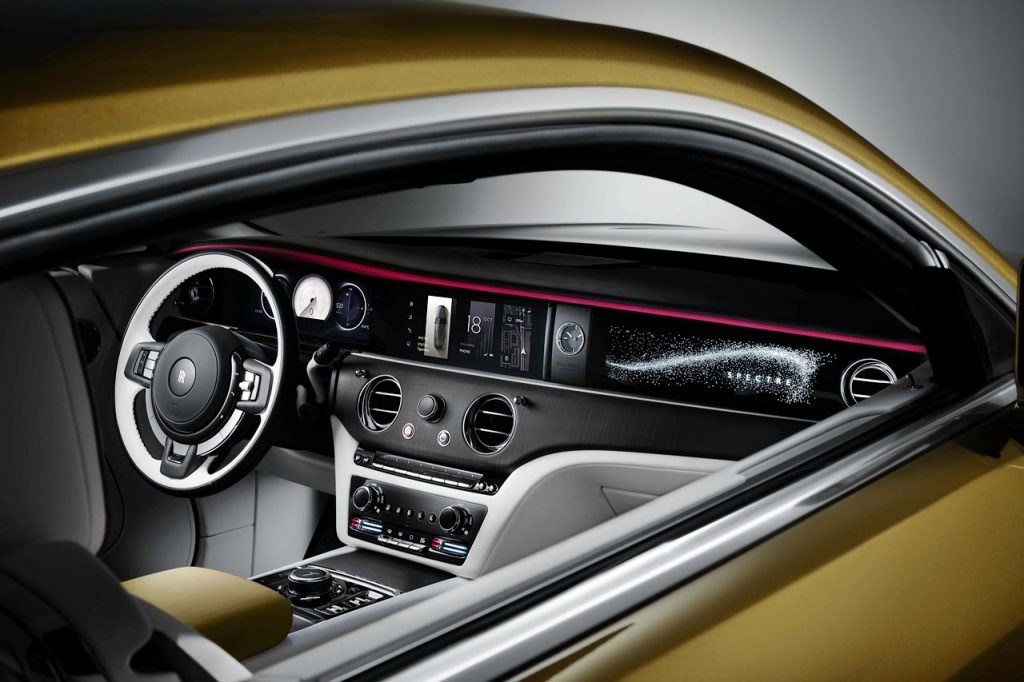
The same theme continues with the Illuminated Fascia which was developed over the course of 2 years and more than 10,000 collective hours. It incorporates the Spectre nameplate surrounded by a cluster of over 5,500 stars. Located on the passenger side of the dashboard, the illuminations are completely invisible when the car is not in operation.
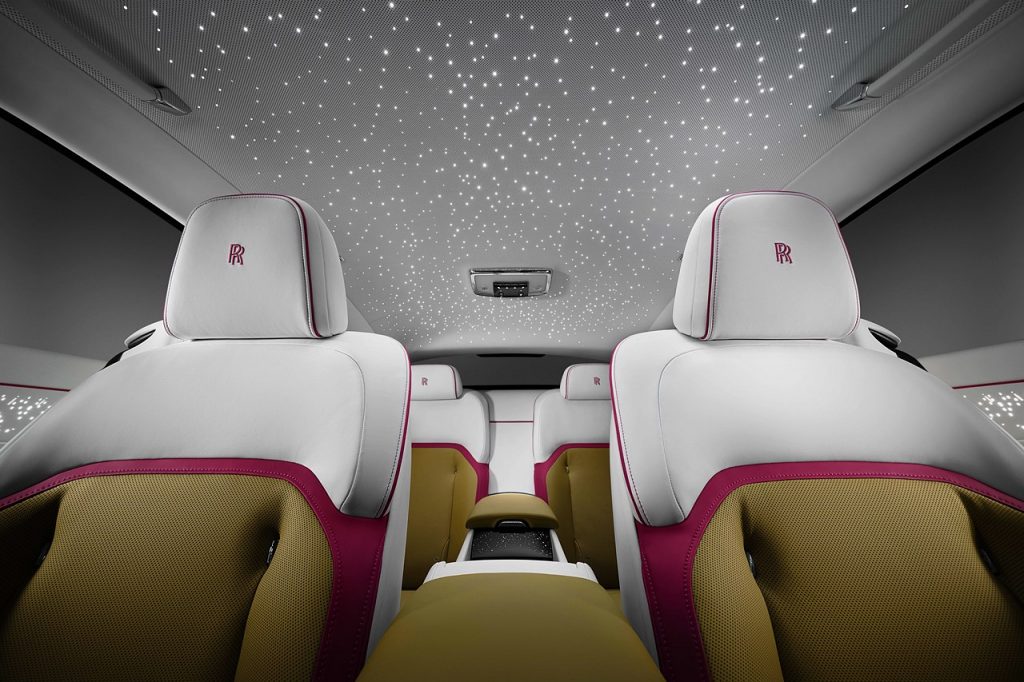
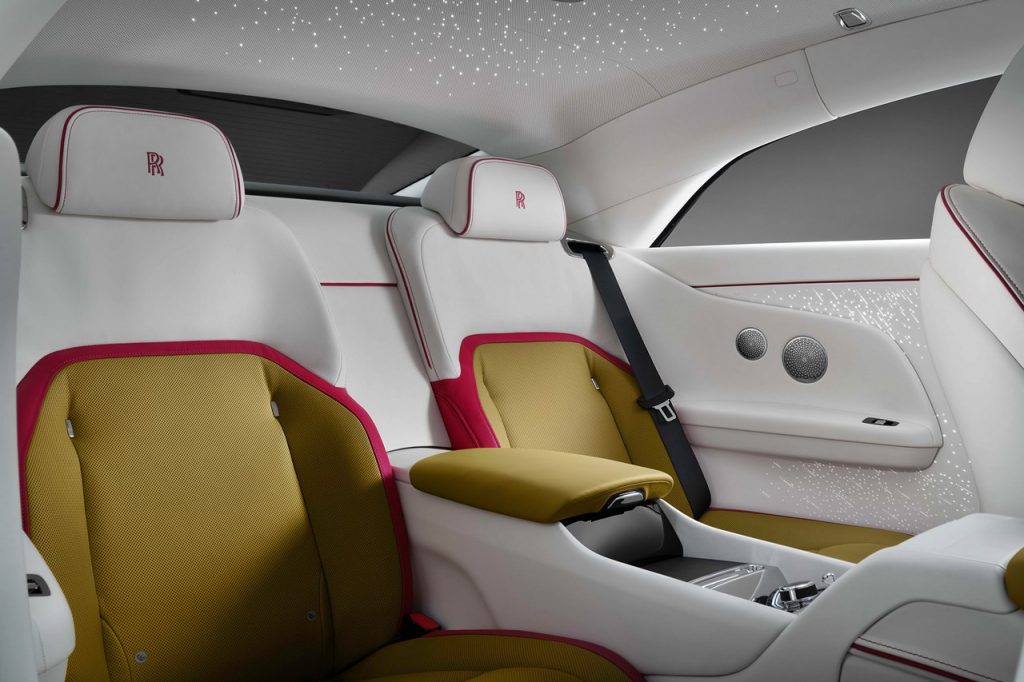
The very best product
“At Rolls-Royce Motor Cars, perfection is about more than making the very best products. It is a culture, an attitude and our guiding philosophy. Indeed, it is our founding father Sir Henry Royce who said ‘strive for perfection in everything you do’. Spectre has been conceived within this culture. It is perfectly in tune with the sensibilities of our time,” declared Mr. Muller-Otvos.
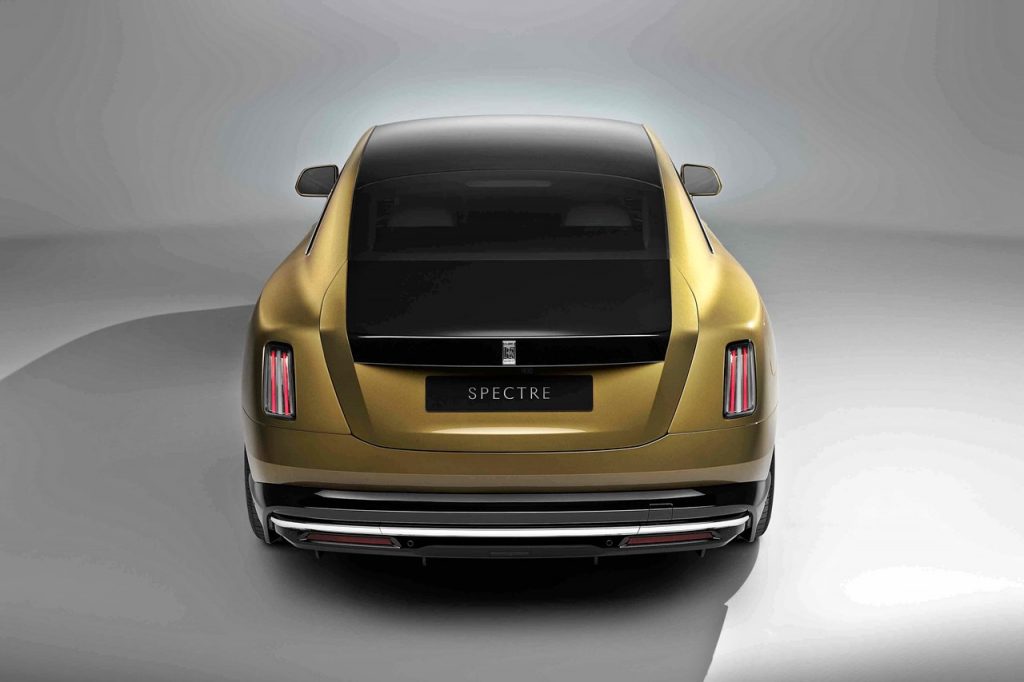
While the model has now been unveiled, testing is still ongoing and production will start next year, with the first customers receiving their cars during the fourth quarter of 2023.
